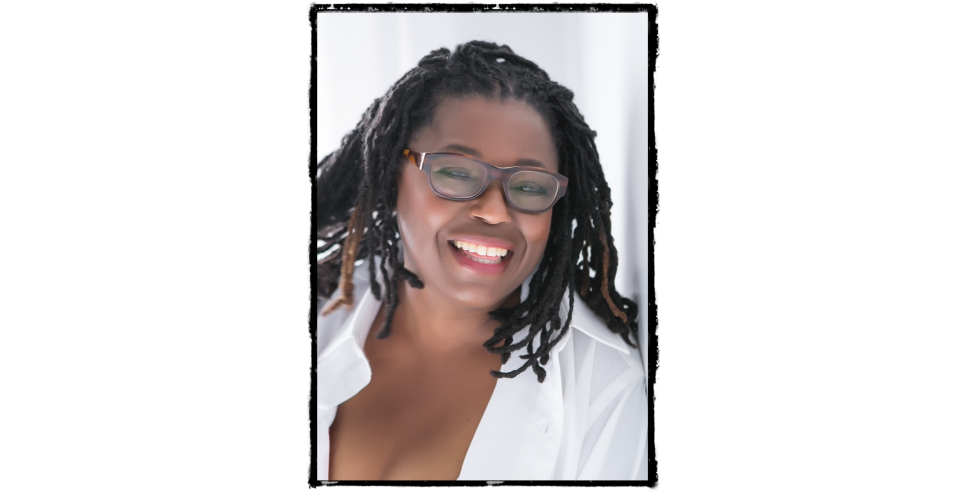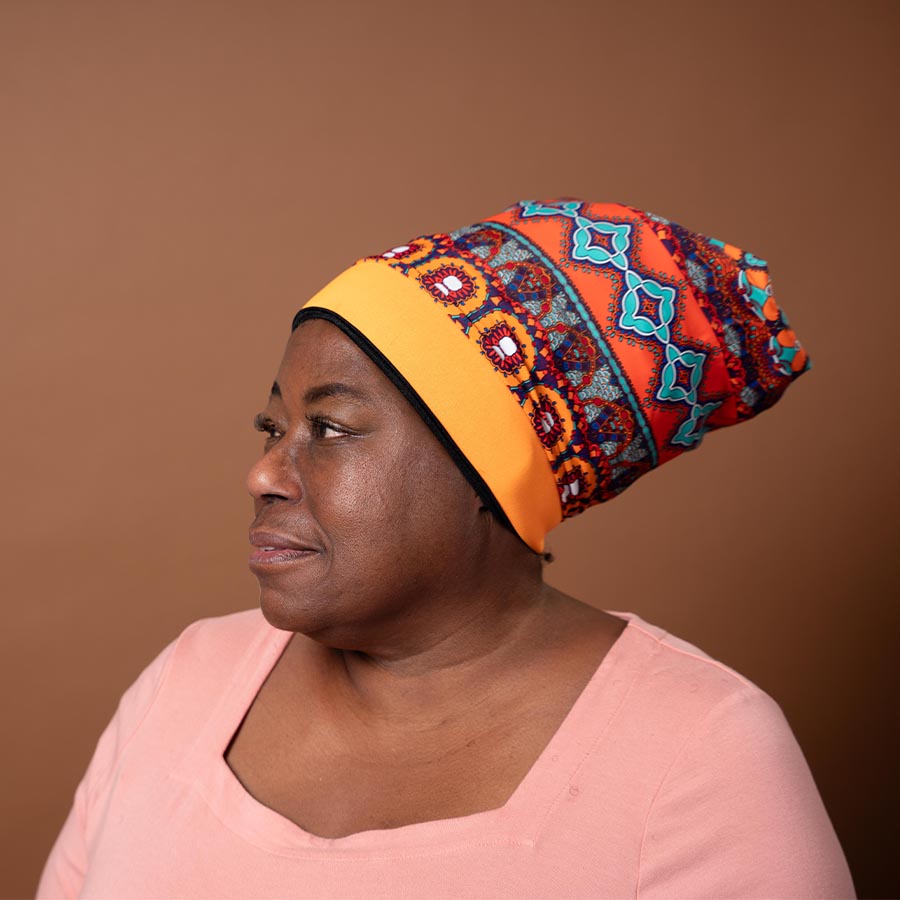
Tess Padmore didn’t plan on becoming an inventor—but like many entrepreneurs, her journey began with a moment of exclusion.
After surviving a brain aneurysm, Tess took up swimming as part of her recovery. The movement helped her body heal—but returning to the pool also surfaced a deeper problem. When her swim cap stopped fitting her textured hair, she went looking for alternatives and quickly realized there were none.
“There were caps on the market,” she says, “but none of them were made with me in mind.”
That moment launched a years-long journey of research, design, and development. Tess ultimately created something that didn’t exist before: a patented swim cap designed specifically to accommodate textured hair. What began as a personal frustration evolved into a product—and a purpose.
The issue she faced isn’t uncommon. Most standard swim caps are too tight, too shallow, or made from materials that snag or damage coiled and curly hair. For many people, this makes swimming uncomfortable—or inaccessible. Some aquatic programs even require swim caps for participation, which means a design flaw can quickly become a barrier.
Tess saw the cap not just as a product issue, but as an equity issue. “When design excludes certain bodies or hair types, it becomes a form of gatekeeping,” she says. “Something as small as a swim cap can be the reason someone chooses not to enter a pool.”
 Her invention offers a different experience. It’s larger, softer, and specifically shaped for locs, braids, and curls. It’s now part of her larger headwear brand, Egghead Soques®, which creates inclusive, comfort-focused designs for people who are often left out of the conversation—whether due to hairstyle, lifestyle, or medical hair loss.
Her invention offers a different experience. It’s larger, softer, and specifically shaped for locs, braids, and curls. It’s now part of her larger headwear brand, Egghead Soques®, which creates inclusive, comfort-focused designs for people who are often left out of the conversation—whether due to hairstyle, lifestyle, or medical hair loss.
As a founder and a survivor, Tess brings a unique lens to entrepreneurship—one rooted in dignity, representation, and wellness. Her work lives at the intersection of innovation and advocacy. She’s not just designing for utility—she’s designing for belonging.
“I created this cap because I needed it,” she says. “But I quickly realized I wasn’t the only one.”
Today, Tess continues to use both product design and storytelling to build inclusion. In addition to her headwear line, she’s also written books that help children navigate complex emotions like grief, identity, and family transitions—stories inspired by real experiences and written to support anyone who needs them.
Her message is simple: No one should be left out—especially when the solution is something as fixable as design.








